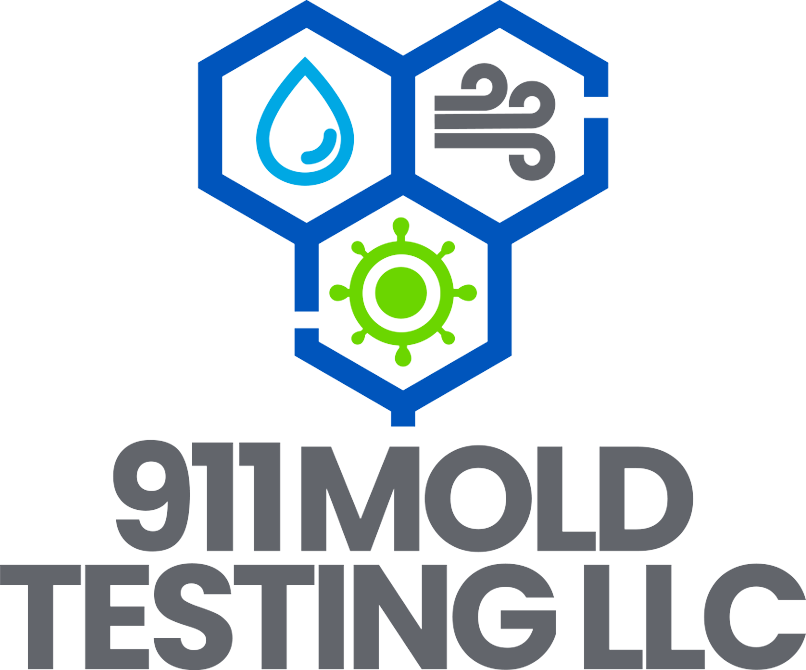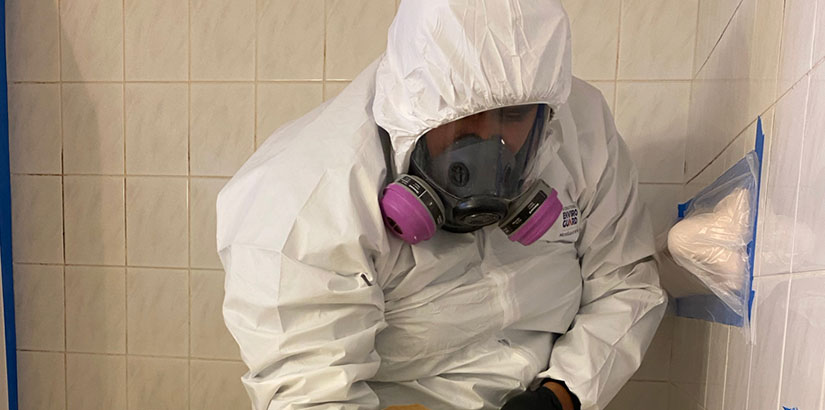Blog
Stay informed with the latest insights and updates from 911 Mold Testing. Our blog covers everything from advanced mold prevention techniques to tips on maintaining your property post-restoration. Whether you’re a homeowner looking to safeguard your space or a professional seeking industry knowledge, our articles are designed to provide you with valuable information.
The first 24 hours are the most critical when you are facing indoor flooding. That is your best chance to limit the damages and restore as much as possible. Another…
It can be overwhelming -as a facility or property owner- if you are facing indoor flooding.Regardless of whether it’s because of a natural disaster or a damaged pipe that burst…
To protect your kitchen from mold, you should: Keep the kitchen clean and dry: Wipe up spills and moisture immediately, and use a dehumidifier to keep the air dry. Fix…
Lorem ipsum dolor sit amet consectetur adipisicing elit. Maxime mollitia, molestiae quas vel sint commodi repudiandae consequuntur voluptatum laborum numquam blanditiis harum quisquam eius sed odit fugiat iusto fuga praesentium…
FAQs
Have questions about mold testing or the restoration processes? Our FAQs provide clear, concise answers to all your common queries. Explore topics ranging from ‘How to detect mold in your home?’ to ‘What to do after water damage?’. Get the reliable information you need to make informed decisions about your property care.
Signs of a mold issue include visible mold growth, musty odors, persistent humidity, and health symptoms like allergies or respiratory issues when inside the home. If you notice any of these signs, it’s crucial to seek professional mold testing.
Our mold testing involves sampling the air and surfaces in your home to detect the presence of mold spores. We use advanced tools and techniques to accurately identify mold types and concentrations, helping us assess the extent of the issue.
Mold remediation includes identifying the source of moisture, containing the affected area to prevent spore spread, removing contaminated materials, cleaning and disinfecting the area, and restoring the space to its original condition.
Immediate response within 24-48 hours is critical to prevent further damage and mold growth. Quick action helps mitigate water absorption in structures and furnishings, reducing restoration costs and health risks.
Water damage restoration involves water extraction, drying and dehumidifying the affected areas, cleaning and sanitizing, and finally restoring any damaged structures or materials.
Yes, water damage can create ideal conditions for mold growth, especially if not addressed promptly. Moisture allows mold to thrive, making swift and effective water damage restoration essential.
After a flood, ensure safety first by turning off power and gas. Avoid contaminated water and begin documenting damage for insurance claims. Contact a professional restoration service to start the drying process and mitigate further damage.
Our approach involves assessing the extent of the damage, securing the property, removing debris, cleaning soot and odors, and repairing or replacing damaged structures and finishes.
Yes, regular maintenance such as checking for leaks, ensuring good ventilation, using dehumidifiers in damp areas, and cleaning gutters and downspouts can significantly reduce the risk of mold and water damage.
Professional services ensure thorough and safe removal of hazardous materials like mold and asbestos, which might be disturbed during DIY attempts. Experts use advanced equipment and techniques to effectively restore your property, backed by warranties and adherence to industry standards.


